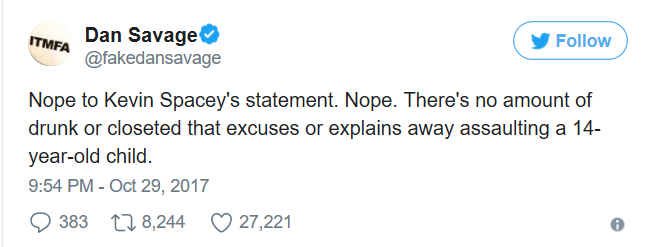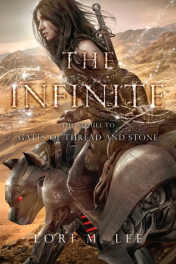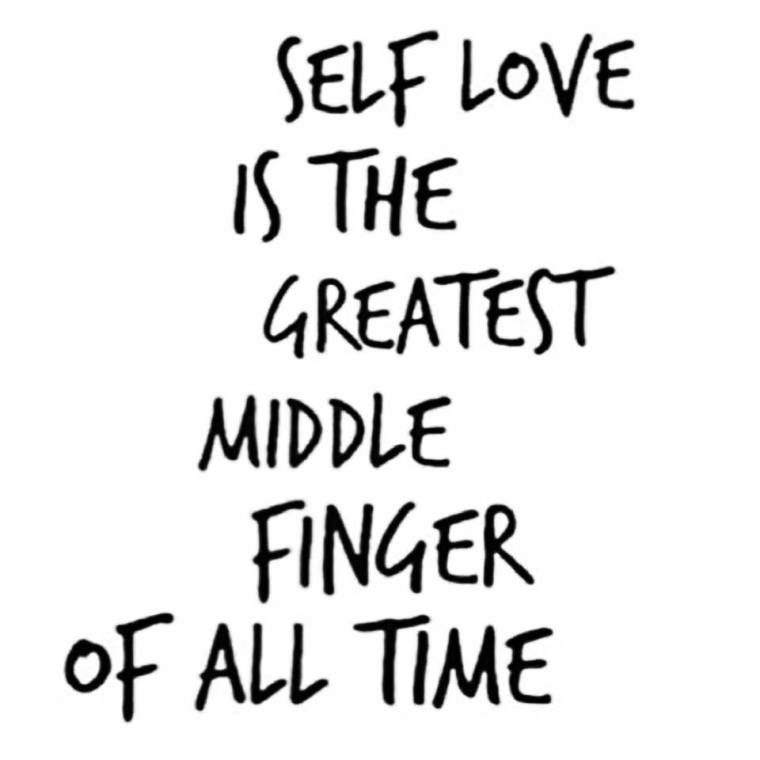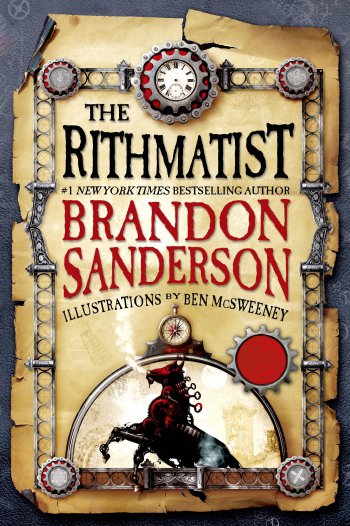A teacher in college always used to tell us that “the medium is the message.” That’s a loaded statement, it really speaks volumes of one of the ways we should approach understanding any form of art. Art and its message is as much defined and communicated by its limits and constraints as it is by its capabilities. Skilled painters use the edges of their canvas just as much as the space on which they paint.
Video games have in found a means of using the capabilities and constraints of the medium to create a unique story telling genre that isn’t possible in any other medium: the buried narrative.
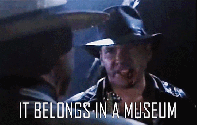 Walking sims will probably come to mind immediately, but what I mean by this is a story that is present in the video game, but not necessarily just happening to the player/viewer the way a movie would. In a movie, you watch Indiana Jones undertake the adventure, discover the treasure, face the enemy, and save the day. While there are plenty of video games that follow this template, there are more and more mainstream games in which the true narrative and plot actually happens around or outside the player’s scope of actions, and is there for the player to discover or unfold through their own exploration and choices (or even to ignore).
Walking sims will probably come to mind immediately, but what I mean by this is a story that is present in the video game, but not necessarily just happening to the player/viewer the way a movie would. In a movie, you watch Indiana Jones undertake the adventure, discover the treasure, face the enemy, and save the day. While there are plenty of video games that follow this template, there are more and more mainstream games in which the true narrative and plot actually happens around or outside the player’s scope of actions, and is there for the player to discover or unfold through their own exploration and choices (or even to ignore).
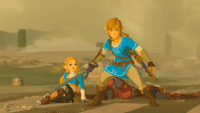 I’m going to use two (very tonally different) mainstream games as examples here: The Legend of Zelda: Breath of the Wild and Bloodborne.
I’m going to use two (very tonally different) mainstream games as examples here: The Legend of Zelda: Breath of the Wild and Bloodborne.
First up BotW, here’s the plot as far as your character goes:
Seriously, that’s it. There aren’t any twists or turns in this, there’s no fixed plot arc for your character that you’re required to undertake, or any definitive character development. Here’s the proof: without glitching the game or breaking out of bounds, you can beat the game accomplishing all its mandatory objectives in just around 40 minutes:
Sure, there’s a wide world out there to explore and quests to undertake to improve your skills and arsenal, but there’s no real narrative arc to any of it. The real plot and narrative arc belongs to the eponymous Princess Zelda. [Spoiler warning] It’s revealed through flashbacks that Zelda had been doing her best a century prior to prepare for Ganon’s onslaught- gathering the band of champions, overseeing strengthening the Hyrule army, beseeching the goddesses for power, and more- and struggling with her sense of insufficiency and eventual failure. 
Your job in the game is to face Ganon so that Zelda can realize her true power and defeat Ganon finally. You serve as the catalyst for Zelda’s story (or her LEGEND) to be completed. None of that plot is revealed if you take the speed runner route though. All you see is her return and miss out on all the character development, conflict, failure and redemption of the Legend.
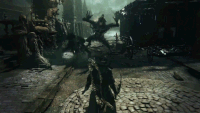 So, what about Bloodborne? Well, same deal pretty much. There is no plot or narrative: you wake up and are given a very vague direction to “go hunt.” There is no character development for you, there is no “conflict,” you’re just present in this vast, terrifying city, killing all the people and monsters that are the remnants of the plot that took place before your arrival. Essentially, you are the epilogue. Your only character progress is to become stronger and more terrifying to these remnants and nightmares.
So, what about Bloodborne? Well, same deal pretty much. There is no plot or narrative: you wake up and are given a very vague direction to “go hunt.” There is no character development for you, there is no “conflict,” you’re just present in this vast, terrifying city, killing all the people and monsters that are the remnants of the plot that took place before your arrival. Essentially, you are the epilogue. Your only character progress is to become stronger and more terrifying to these remnants and nightmares.
 However, if you dig through the lore in the item descriptions, there’s a deep, Lovecraftian horror story that took place before your arrival. I won’t belabor it, but it involves aliens mistakenly perceived as deities that led to the corruption, mutation, and downfall of the city and its religious leaders. However, as with BotW there is absolutely no imperative or mechanic in playing the game that forces this knowledge on the player. You can play the entire game blissfully unaware of any prior history and take it “as is.”
However, if you dig through the lore in the item descriptions, there’s a deep, Lovecraftian horror story that took place before your arrival. I won’t belabor it, but it involves aliens mistakenly perceived as deities that led to the corruption, mutation, and downfall of the city and its religious leaders. However, as with BotW there is absolutely no imperative or mechanic in playing the game that forces this knowledge on the player. You can play the entire game blissfully unaware of any prior history and take it “as is.”
I have two answers: one is simply efficiency. There’s a lot of criticism leveled at games like Metal Gear Solid for overlong cut scenes that just talk and unfold at the player. Video games are an essentially interactive medium, and while detached exposition can work in movies, it causes a dissonant feeling in video games. More and more games are telling their stories without fixed/pre-rendered scenes, allowing the player to maintain some level of control in story events.
More than this, though, is it leaving space for a player to project themselves into the character they’re playing. When I watch an Indiana Jones film, I have a strong sense of who Indy is. I know I am not Indy, and while I might aspire to be like him (or the him from his first three films), there is a clear distinction because his character is so filled in. Same goes for Nathan Drake in Uncharted.
There’s an issue some games run into where leaving too much space for a player to fill themselves in, but then still forcing fixed cut scenes causes dissonance:

However, in BotW and in Bloodborne, since the narrative is removed from the player’s direct presence, there is no such dissonance. More than that, the player has a closer to blank slate they can project themselves into. Sure, Link has character in the flashbacks but as I said before, those are entirely optional. Who Link is, how he fights and interacts with the world, his tactics, how he dresses- everything in the actual, interactive game is up to me.
Same goes for Bloodborne, since my character does not need to fill a fixed role or set of actions in a set narrative, my character can be whatever I want them to be. Their fighting style, their ferocity, feelings about the living nightmare in Yharnam- it’s all there for me to fill in, and I have my own sense of both. I’m sure you all have your own senses. My Link in BotW is a ninja who prefers stealth tactics. My Hunter is terrified but summons their courage to eradicate the monsters as an act of defiance in the face of the horrors that descended on the city.
This feeling, this projection and connection that resonates with a player experiencing the art is something that is only possible through video games. This medium is the only one we currently have that is capable of placing a narrative before a viewer so that is accessible but not forced upon us. It is the only medium then, which allows its experience to give a viewer this much space within which to inhabit and exist as a part of the art itself. So yeah, old point made long ago but in case there’s any lingering doubt: video games are art.

